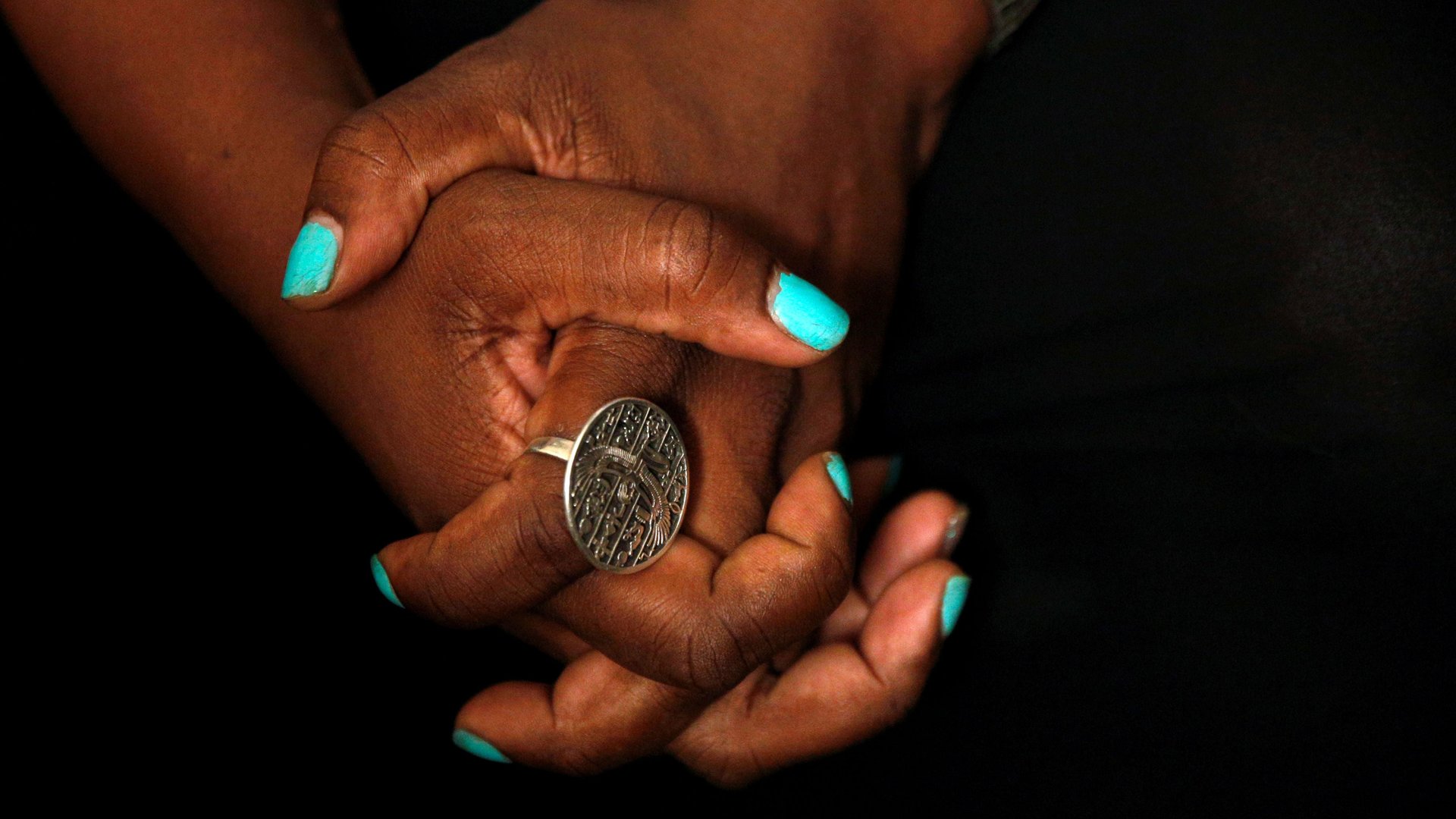Scientists have spent 60 years agonizing over how our knuckles crack
Knuckle-cracking. Aside from worrying about whether it leads to arthritis (it doesn’t), most of us do it mindlessly to get ourselves in the mood to start a project—or while we fret about it.


Knuckle-cracking. Aside from worrying about whether it leads to arthritis (it doesn’t), most of us do it mindlessly to get ourselves in the mood to start a project—or while we fret about it.
Scientists have been struggling with an explanation for the pops our finger joints are capable of making for upwards of 60 years. Much of the early theories have been disproven or unreproducible. Knuckles don’t seem to have a uniform refractory period in between snaps, for example, and the noise doesn’t come from vibrations in nearby tissues or a fibrous snap as a result of the quick movement.
Scientists got close to cracking the case in 2015, when researchers from the University of Alberta published a paper in which a test subject cracked his knuckles in an MRI machine, and they confirmed that bubbles in the joints pop as they’re pulled apart. (The released air is still trapped within us, and eventually dissolves back into the normal fluid in our knuckles, allowing us to repeat the process shortly afterward.)
But Vineeth Chandran Suja, formerly a graduate students at École Polytechnique in France, had been working on the same problem for a few years with his advisor Abdul Barakat when the 2015 paper came out. They weren’t entirely convinced.
A crack occurs in just about a third of a second—far too quickly to get a good idea with an imprecise picture. “Mathematical modeling is particularly useful because [real-time] imaging is not sufficiently rapid to capture the phenomena involved,” Bakarat told Gizmodo. So, the duo created a model of the hand’s metacarpophalangeal joint and played with it to account for all sorts of factors that affect fingers, like the thickness of the surrounding fluid, or the speed at which the joints move.
In a paper published today in Scientific Reports, the team found that the only factor that seemed to make a difference to the type of sound generated was how much force is applied to the knuckle. What’s more, according to their models, bubbles in the joints don’t pop all the way. Instead, these pops are just partial, leaving some of tiny pockets of air intact.
It doesn’t sound like the kind of science that can save lives, but some researchers think that understanding knuckle-cracking can give physiologists some insight into how healthy joints move. “Maybe if you can actually do this, it’s a sign of everything in the joint in there is working properly,” Greg Kawchuk, a kinesiologist at the University of Alberta, told the Atlantic. If anything, it seems to have at least carried Suja through some of his graduate coursework.